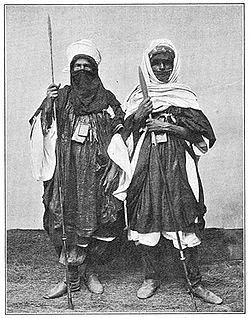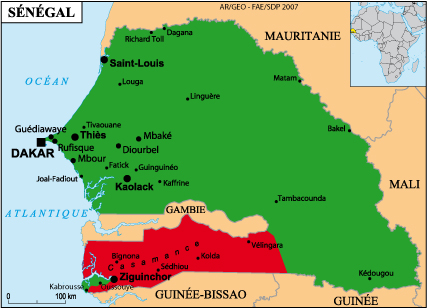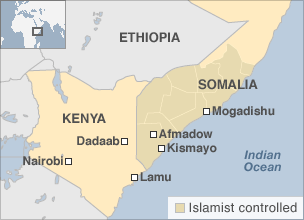Tunisia is a North African nation whose Arabic-speaking people are largely Muslim. As such, it is considered a part of the Muslim and Arab world. Tunisia came under French rule in the 1880s, and gained independence in 1956.
Tunisia today is a nation struggling with poltical changes, with President Zine El Abidine Ben Ali, leaving office amid massive protests over his rule. Ben Ali was only the second President of Tunisia. He was succeeded by Fouad Mebazaa.
Wars and Conflicts of Tunisia from the French Conquest to Today:
French occupation (1881)
Tunis Riots (1938)–At least 118 dead in riots following the arrest of an opposition leader.
World War II in North Africa (1942-1943)
Tunisian War of Independence (1952-1955)
France Tunisia Independence War 1952-1954 –Guerrilla war of independence against the French began in Tunisia, led by Habib Bourguiba.
Habib Bourguiba, Led Tunisia to Independence From France–Obitiuary for Habib Bourguiba, Tunisian revolutionary leader
Franco-Tunisian Border Conflict (1957)
Second Franco-Tunisian War [The Bizerte Incident] (1961)
Bread Riots (1983-1984)–Protests against the government after the price of bread was increased over 100%. The riots and the response from the authorities killed at least 50 demonstrators and bystanders. See also Tunisia: Bourguiba Lets Them Eat Bread–Time Magazine, Jan. 16, 1984)
http://www.historyguy.com/wars_of_tunisia.htm
Israeli air raid against PLO headquarters in Tunis (Oct. 1,1985)-After the Palestine Liberation Organization (PLO) fled its old headquarters in Beirut, Lebanon due to the Israeli Invasion of Lebanon, the PLO used Tunis as its headquarters. Israel’s “Operation Wooden Leg,” attempted to kill PLO Chairman Yasser Arafat with an air raid on his headquarters in Tunis, Tunisia. Arafat survived, though at least 60 members of the PLO died. Israel said this attack was in response to the PLO yacht attack off Larnaca, Cyprus. (See also Israeli-Palestinian Battles)
Anti-Government Riots (January 2011)–Protests against the governement of President Ben Ali led to the President leaving power and fleeing Tunisia. At least 78 deaths were reported in the riots.
See also: http://www.historyguy.com/wars_of_tunisia.htm






